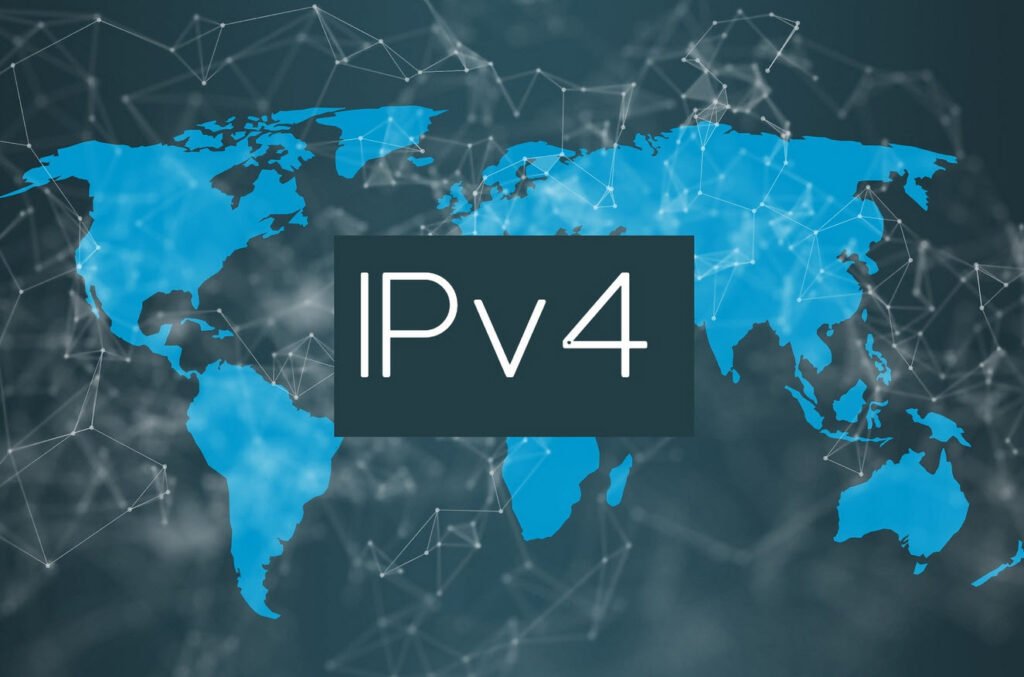
In the vast realm of computer networking, the Internet Protocol version 4 (IPv4) reigns supreme as the foundation of communication. IPv4 addresses are numerical labels assigned to devices connected to a network, facilitating data routing across the internet. However, not all IPv4 addresses are created equal. Among the multitude of addresses, there exists a special group known as “Special Use Addresses.”
These addresses serve distinct purposes, from local testing to network infrastructure. In this article, we will explore the world of Special Use Addresses and their significance in the realm of networking.
0.0.0.0/8 – “This” Network
At first glance, 0.0.0.0/8 may appear puzzling. This address range is designated for a special purpose: to represent the current network. In essence, it acts as a placeholder for network identification. Additionally, 0.0.0.0/32 is used to denote “this host” on the current network, making it useful in certain networking configurations.
10.0.0.0/8 – Private IP Address Space
IPv4 address exhaustion led to the creation of private IP address spaces, one of which is 10.0.0.0/8. These addresses are reserved for internal networks, such as within a home or corporate environment, and are not routable on the public internet. RFC 1918, a widely accepted standard, defines these private address spaces to alleviate the scarcity of public IPv4 addresses.
127.0.0.0/8 – Internet Host Loopback Address
The 127.0.0.0/8 address range is synonymous with the term “loopback.” It serves a critical function by allowing a device to send network traffic to itself. The most common loopback address is 127.0.0.1/32, often represented as “localhost.” Developers and network administrators use this address extensively for testing and diagnosing network-related issues.
169.254.0.0/16 – Link-Local Block
In scenarios where manual IP configuration is not available, devices can automatically assign themselves an IP address within the 169.254.0.0/16 range. This is particularly useful for establishing communications on a single link, such as when a DHCP server is unavailable or misconfigured.
172.16.0.0/12 – Private IP Address Space
Similar to 10.0.0.0/8, the 172.16.0.0/12 address space is reserved for private networks, adhering to RFC 1918 standards. These addresses are not routable on the public internet, making them ideal for use within closed network environments.
192.0.0.0/24 – Reserved for IETF Protocol Assignments
The Internet Engineering Task Force (IETF) is responsible for defining and maintaining internet standards. The 192.0.0.0/24 address space is reserved for IETF protocol assignments. It plays a crucial role in the development and testing of internet protocols and standards.
192.0.2.0/24 – Test-Net-1
For documentation and sample code purposes, 192.0.2.0/24 is assigned as “Test-Net-1.” This reserved address range allows developers to create examples and illustrations without causing conflicts with real-world IP addresses.
192.88.99.0/24 – 6to4 Relay Anycast Addresses
IPv6 transition mechanisms often require the use of IPv4 addresses. 192.88.99.0/24 is allocated for 6to4 relay anycast addresses. These addresses help facilitate the communication between IPv6 and IPv4 networks.
192.168.0.0/16 – Private IP Address Space
Once again conforming to RFC 1918 standards, 192.168.0.0/16 is a private IP address space commonly used in home and corporate networks. It provides a pool of addresses that are not globally routable, ensuring network security and privacy.
198.18.0.0/15 – Benchmark Test Addresses
Network interconnect devices, such as routers and switches, undergo rigorous benchmark testing. The 198.18.0.0/15 address range is allocated for these tests, enabling accurate performance assessments of networking equipment.
198.51.100.0/24 – Test-Net-2
Similar to 192.0.2.0/24, 198.51.100.0/24 is designated as “Test-Net-2” for documentation and sample code purposes, allowing developers to create examples without impacting live networks.
203.0.113.0/24 – Test-Net-3
Adding to the pool of test addresses, 203.0.113.0/24 is assigned as “Test-Net-3.” This address range supports documentation and sample code development, fostering a standardized approach to network-related examples.
224.0.0.0/4 – IPv4 Multicast Address Assignments
Multicast enables the efficient transmission of data to multiple recipients simultaneously. The 224.0.0.0/4 address range is allocated specifically for IPv4 multicast address assignments, making it essential for multicast communication protocols.
240.0.0.0/4 – Reserved for Future Use
While the 240.0.0.0/4 address range was formerly designated as class E space, it is currently reserved for future use. Its precise purpose remains undefined, but it serves as a testament to the ever-evolving nature of networking technologies.
255.255.255.255/32 – Limited Broadcast on a Link
Finally, 255.255.255.255/32 is the address used for limited broadcast on a link. When a device sends a packet to this address, it is delivered to all hosts on the local network segment, but not forwarded beyond that segment.
In conclusion, Special Use Addresses play pivotal roles in the world of IPv4 networking. They serve functions ranging from network testing and documentation to ensuring the integrity and security of private networks. Understanding these special addresses is crucial for network administrators, developers, and anyone involved in the realm of computer networking.
They are the hidden gems that keep the internet running smoothly, often working silently behind the scenes to facilitate our online experiences.
You may also like:- How To Fix the Crowdstrike/BSOD Issue in Microsoft Windows
- MICROSOFT is Down Worldwide – Read Full Story
- Windows Showing Blue Screen Of Death Error? Here’s How You Can Fix It
- A Guide to SQL Operations: Selecting, Inserting, Updating, Deleting, Grouping, Ordering, Joining, and Using UNION
- Top 10 Most Common Software Vulnerabilities
- Essential Log Types for Effective SIEM Deployment
- How to Fix the VMware Workstation Error: “Unable to open kernel device ‘.\VMCIDev\VMX'”
- Top 3 Process Monitoring Tools for Malware Analysis
- CVE-2024-6387 – Critical OpenSSH Unauthenticated RCE Flaw ‘regreSSHion’ Exposes Millions of Linux Systems
- 22 Most Widely Used Testing Tools








